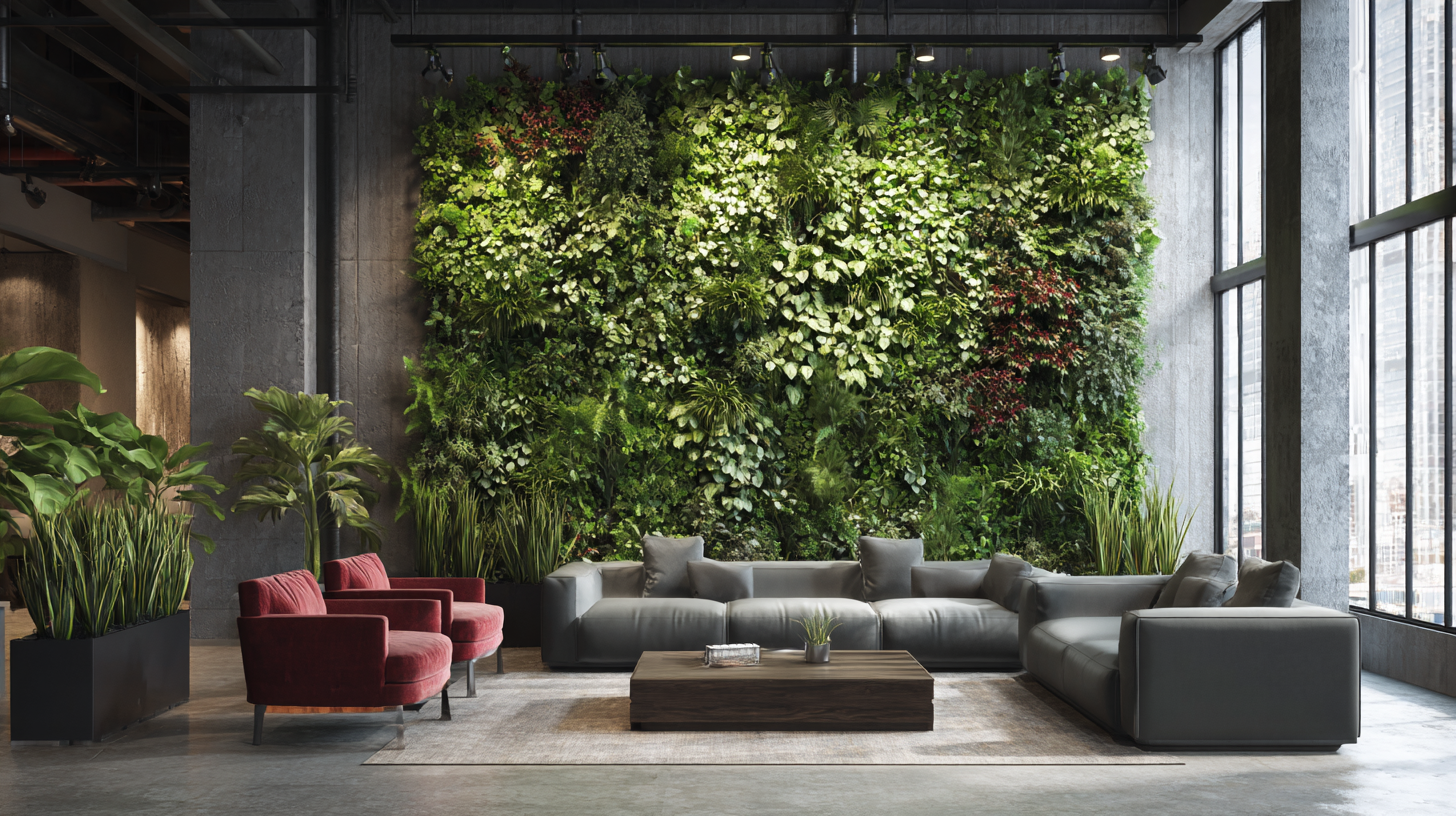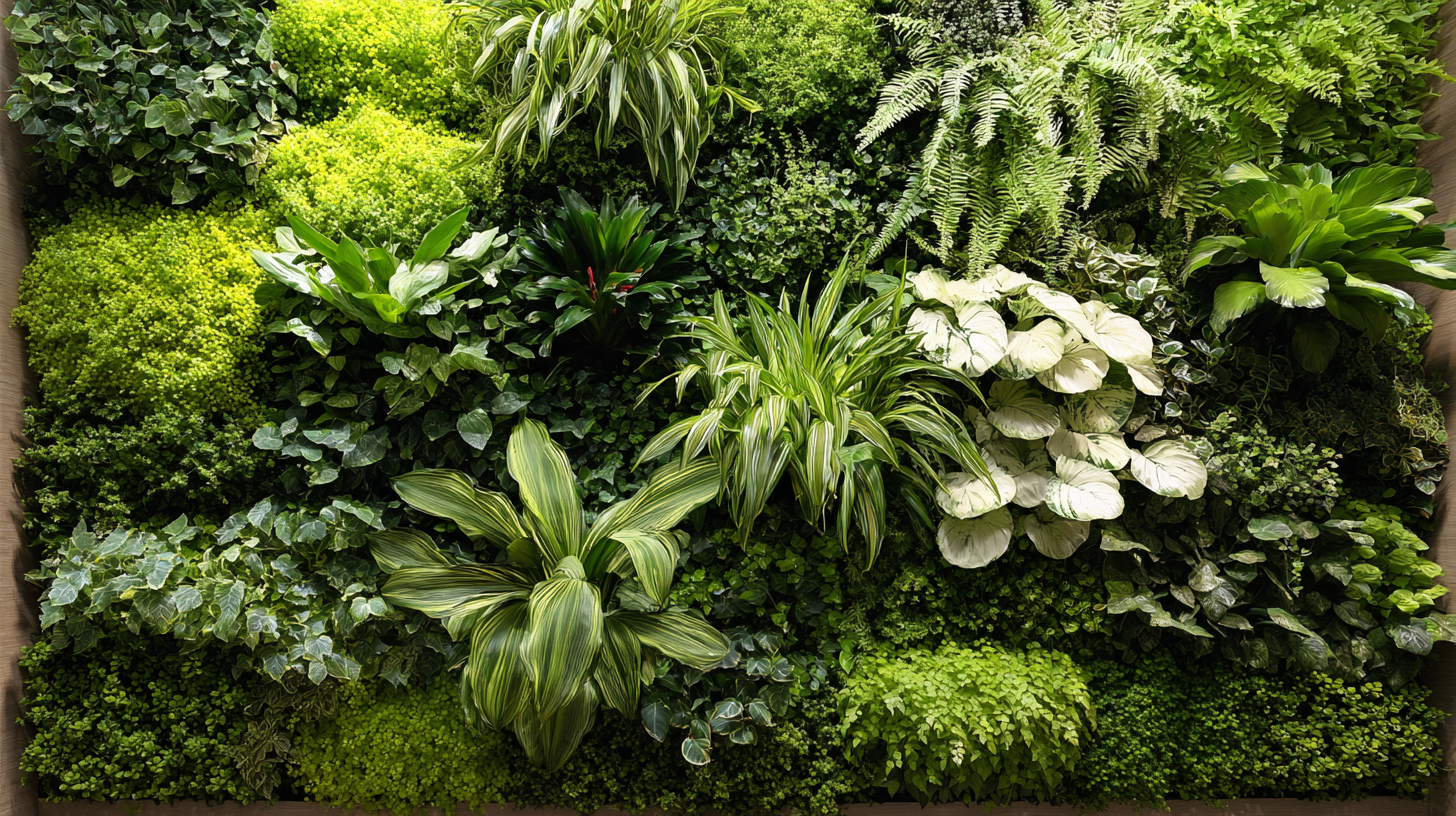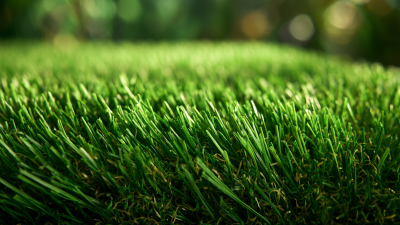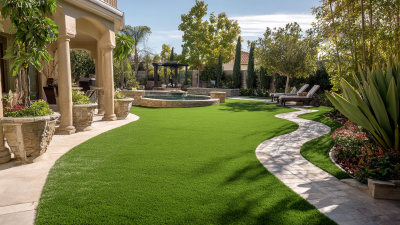Creating a stunning plant wall hanging can transform any space in your home, providing a fresh and inviting atmosphere while showcasing your personal style. This innovative decor piece not only adds a touch of nature to your interior but also maximizes vertical space, making it an ideal choice for smaller rooms.

In recent years, plant wall hangings have become increasingly popular as people seek to incorporate greenery into their living environments. Whether you prefer a minimalist design with a few carefully chosen succulents or a lush, vibrant jungle of diverse plants, the options are limitless.
This article will explore various ideas and techniques to help you craft the perfect plant wall hanging, ensuring it complements your home decor while promoting a serene and lively ambience. Embrace the beauty of nature indoors with your very own plant wall hanging that reflects your unique taste and enhances your living space.
Creating a stunning plant wall hanging can significantly enhance your home decor while also incorporating innovative materials that reflect current design trends. In 2025, interior design experts predict a surge in sustainable and upcycled materials in home design, allowing homeowners to creatively repurpose items like old wooden pallets or discarded plastic bottles. These materials not only offer a unique aesthetic but also contribute to eco-friendly living. According to industry reports, 70% of consumers are increasingly inclined to purchase products made from recycled materials, highlighting the growing value of sustainable design.
In line with this trend, consider utilizing a mix of vertical garden systems and DIY planters crafted from repurposed containers. For example, a vertical herb garden made from reclaimed wood can serve as both a decorative and functional piece in your kitchen or living space, maximizing limited areas while offering fresh herbs on hand. Additionally, combining various textures, such as clay pots paired with metal planters, can create a dynamic visual appeal. Embracing such creative material choices not only embodies current design philosophies but also allows for personalization, making your plant wall hanging a true reflection of your style.
This bar chart showcases various material choices for creating an innovative plant wall hanging, along with their popularity levels based on recent surveys.
Creating a vertical garden can be an exciting venture for beginners looking to enhance their home decor. According to a report by the National Gardening Association, nearly 35% of households in the U.S. engage in some form of gardening, with interest in vertical gardening rising significantly due to its space-saving potential. For those starting out, selecting the right plants is crucial. Opting for low-maintenance varieties such as pothos, ferns, or succulents can ease beginners into the process, as these plants thrive in various environments and require minimal care.
When designing your vertical garden, consider the available sunlight and space in your home. A study by the American Society of Landscape Architects indicated that the proper placement of plants not only affects their growth but also contributes to the overall aesthetic of your indoor environment. For small spaces, wall-mounted planters or pocket gardens can maximize greenery without overwhelming the area. Additionally, incorporating a drip irrigation system can streamline plant care, making it easier for beginners to maintain their vertical garden while enjoying the benefits of lush, vibrant decor.
When creating a stunning plant wall hanging for your home, choosing the right plants is crucial. Lush vines can be an excellent addition, not only for their aesthetic appeal but also for their functional benefits. With climate change intensifying summer heat, incorporating climbing plants that provide shade and cooling effects becomes increasingly valuable. These verdant arrangements can enhance your living space while also offering a respite from the sweltering temperatures.
Opt for resilient plant varieties that thrive in vertical spaces. Some popular choices include pothos, philodendrons, and various types of ivy, all of which can cascade beautifully down a wall or climb upwards, creating a the illusion of a thriving natural environment indoors. Additionally, consider utilizing plants like ferns and creeping fig, which not only add texture but also help filter the air. By curating your wall display with these thoughtfully selected plants, you ensure that your decor is both visually striking and beneficial to your home's atmosphere during the hotter months.
| Plant Name | Light Requirements | Watering Needs | Size | Suitable for Vertical Gardens |
|---|---|---|---|---|
| Pothos | Low to Bright Indirect | Every 1-2 weeks | 2-10 ft (varies per variety) | Yes |
| Trailing Jade (Crassula perfoliata) | Bright Natural Light | Every 2-3 weeks | Up to 3 ft | Yes |
| Spider Plant | Low to Bright Indirect | Once a week | 1-2 ft | Yes |
| Ferns | Indirect Light | Every 1-2 weeks | 2-3 ft | Yes |
| English Ivy | Low to Bright Indirect | Once a week | Up to 8 ft | Yes |
Incorporating lighting into your plant wall not only enhances the aesthetic appeal but also significantly boosts the health of your plants. Research from the American Society of Horticultural Science indicates that appropriate lighting can increase plant growth by up to 50%. Utilizing LED grow lights can ensure around-the-clock photosynthesis, making it easier to maintain a thriving living wall, regardless of natural light availability. Positioning lights strategically can create shadows and highlights, emphasizing textures and colors in your plant selection.

Moreover, various lighting options can transform your plant wall into a dynamic art piece. For instance, integrating warm-toned lights can create a cozy ambiance, while cool-toned lights can evoke a fresh, inviting atmosphere. According to a report by the National Institute of Health, exposure to certain light colors can even affect mood and emotional health, suggesting that the right lighting not only beautifies your space but can also promote well-being. By selecting fixtures that complement your plant wall both in style and functionality, you can maximize its impact and introduce a sense of tranquility into your home decor.
Creating a stunning plant wall hanging not only enhances your home decor but also improves air quality and promotes mental well-being. However, maintaining the lush appearance of a living wall requires consistent care. According to a study published by the International Journal of Environmental Research and Public Health, indoor plants can reduce stress levels by up to 37%. To reap these benefits fully, proper maintenance is crucial.
To keep your living wall vibrant, ensure proper lighting is available. Most indoor plants thrive in indirect sunlight; therefore, placing your wall in a well-lit area is essential. Additionally, consider rotating your plants every few months to ensure all sides receive equal light exposure. Regularly monitoring humidity levels is also key—keeping it between 40% and 60% can help prevent common issues like mold and pest infestations.
Watering is another critical factor in nurturing your plant wall. Depending on the plant types, a general rule of thumb is to check moisture levels weekly. Overwatering can lead to root rot, while underwatering can dry out your plants, causing them to wilt. Incorporating self-watering systems can significantly ease this process, allowing you to maintain your living wall with minimal effort while still enjoying its aesthetic and health benefits.













